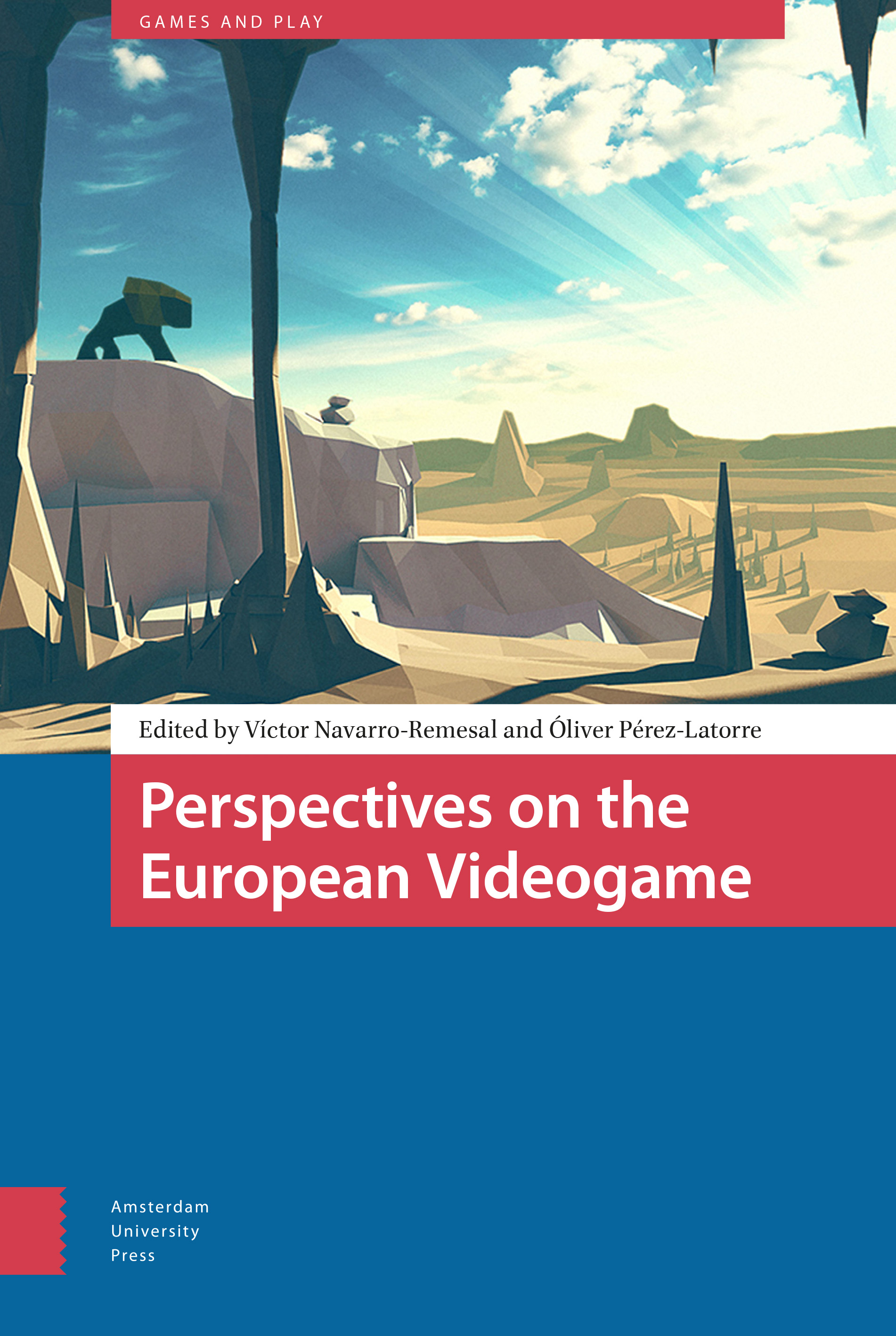Book contents
- Frontmatter
- Table of Contents
- Prologue Conflict, Negotiation, Appropriation, and Diversity: The Challenge of European Game Studies
- Introduction Euro Ludens: On the Origins, Playing Region, and Imaginaries of the European Videogame
- Part I National Stories
- Part II Transnational Approaches
- Conclusions (for now) European Videogames, Europeanness in Videogames
- Index
3 - Finnish Fuck Games: A Lost Historical Footnote
Published online by Cambridge University Press: 16 December 2021
- Frontmatter
- Table of Contents
- Prologue Conflict, Negotiation, Appropriation, and Diversity: The Challenge of European Game Studies
- Introduction Euro Ludens: On the Origins, Playing Region, and Imaginaries of the European Videogame
- Part I National Stories
- Part II Transnational Approaches
- Conclusions (for now) European Videogames, Europeanness in Videogames
- Index
Summary
Abstract
Our chapter provides a qualitative analysis of four selected independently developed Finnish ‘fuck games’—a term we use for playable software typically implying or simulating sexual intercourse. These titles from the 1980s and 1990s offer regional evidence for the argument that, as it has historically been the case with other media technologies, sex serves as a creative space for both the development and play of early videogames. This opens a perspective from which to better understand the overall development and history of pre-Internet DIY labour within game design.
Keywords: Sexuality, Gameplay, DIY Labour, Demoscene, Finland
Histories of media technologies involve diverse experimentations with erotic, pornographic, and sexually explicit content. Sexual content was adopted early in photography as it was in visual variations such as the stereoscope, 16 mm, 8 mm, and 35 mm film and video, and, later, in networked media from Usenet to the WWW (e.g., Williams, 1989; Coopersmith, 1999; Paasonen, 2018a). The videogame is no exception. While the role of erotic, pornographic, and sexually explicit early videogame development has been cited by historians earlier (often in passing), few case studies chart the region-specific functions and roles of such titles. In this article, we do exactly that: our goal is to analyse independently developed Finnish ‘fuck games’—playable software typically implying or simulating sexual intercourse—of the 1980s and 1990s in order to identify their fundamental elements as objects produced in specific regional space and time. While these elements can thus be claimed to reflect Finland's computer and media culture during the era, they also provide a perspective from which to better understand the overall development and history of local, pre-Internet DIY labour within game design.
We use the marker of fuck games to capture some of the material's specific style and mode. Made by young people for other young people in a male homosocial context, the games are hardly adult. To call them erotic would be inaccurate in that they exhibit little aesthetic or artistic intent; they are not concerned with depictions of desire and it is not obvious that their intention is to sexually arouse. This is also why we have chosen not to label the games as pornographic (additionally, they display little familiarity with the generic conventions or aesthetics of pornography).
- Type
- Chapter
- Information
- Perspectives on the European Videogame , pp. 75 - 90Publisher: Amsterdam University PressPrint publication year: 2021



